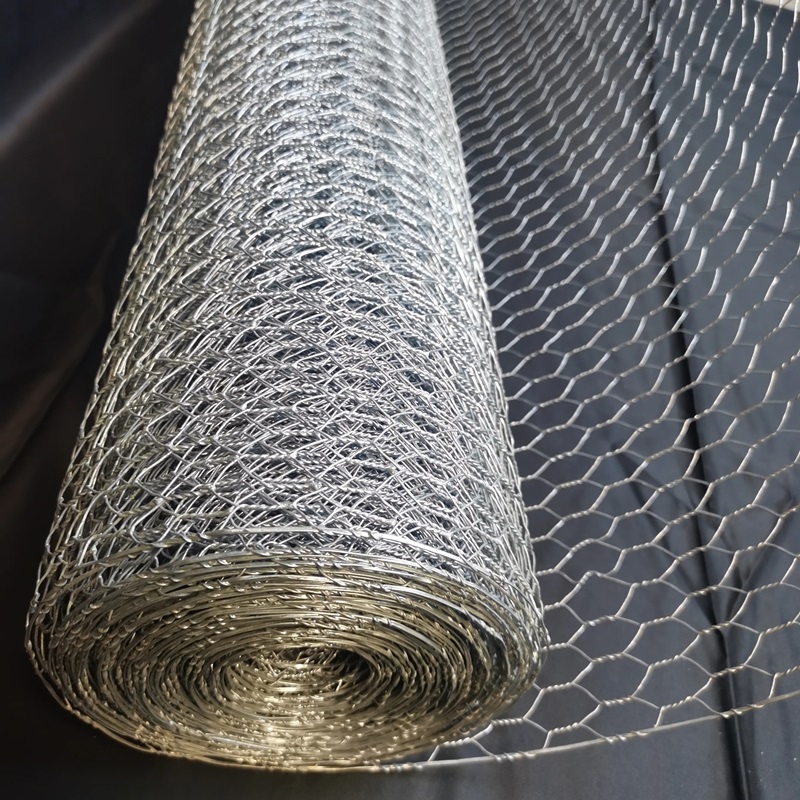Nov . 20, 2024 11:45 Back to list
high quality reinforcing welded mesh
High-Quality Reinforcing Welded Mesh The Backbone of Modern Construction
In the realm of modern construction, the integrity and durability of structures are paramount. One of the unsung heroes that play a crucial role in ensuring the robustness of buildings, bridges, and various infrastructures is high-quality reinforcing welded mesh. This essential material has gained significant prominence due to its strength, versatility, and cost-effectiveness, becoming an indispensable part of contemporary construction practices.
Understanding Reinforcing Welded Mesh
Reinforcing welded mesh is a network of steel wires that are welded together at their intersections to form a uniform lattice structure. Typically composed of high-tensile steel, this mesh is designed to withstand tensile and compressive forces, making it ideal for reinforcing concrete in a variety of applications. The welding process ensures that the wires are securely bonded, enhancing their load-bearing capacity and overall integrity.
Advantages of High-Quality Reinforcing Welded Mesh
1. Enhanced Strength and Durability One of the primary benefits of using high-quality welded mesh is its ability to significantly increase the tensile strength of concrete structures. When embedded in concrete, the mesh helps distribute loads evenly, which prevents cracking and improves overall durability.
2. Cost-Effectiveness While the initial investment in high-quality reinforcing welded mesh may be higher than other reinforcing methods, the long-term savings are substantial. By preventing structural failures and minimizing maintenance costs over time, welded mesh proves to be a wise financial choice for builders and contractors.
3. Ease of Installation Reinforcing welded mesh is relatively easy to install compared to traditional reinforcing bar (rebar) methods. Its lightweight nature allows for quick handling and placement, reducing labor costs and construction time. Additionally, its uniform size and shape facilitate precise alignment within concrete forms.
high quality reinforcing welded mesh

4. Versatility High-quality welded mesh can be customized to fit a wide range of construction needs. It can come in various sizes, shapes, and wire diameters, making it adaptable for different applications, including floor slabs, walls, and precast concrete elements.
5. Improved Crack Resistance The grid structure of welded mesh helps control cracking in concrete by providing effective reinforcement against thermal and shrinkage stresses. This feature is particularly vital in climates with wide temperature fluctuations, where concrete is susceptible to expansion and contraction.
Applications of Reinforcing Welded Mesh
The applications of high-quality reinforcing welded mesh are extensive. In residential construction, it is commonly used in foundations, driveways, and sidewalks. In commercial settings, it is found in flooring systems, warehouse slabs, and precast panels. Additionally, welded mesh is crucial in the construction of bridges, highways, and tunnel linings, where structural integrity is non-negotiable.
Sustainability and Safety
In an age where sustainability is a pressing concern, high-quality reinforcing welded mesh offers additional environmental benefits. Its durability means that structures reinforced with this material tend to have longer lifespans, reducing the need for resources in repairs and replacements. Moreover, the use of welded mesh contributes to the overall safety of constructions, minimizing the risk of structural failures that can lead to hazardous situations.
Conclusion
High-quality reinforcing welded mesh stands as a pivotal element in modern construction, providing the strength and reliability necessary for safe and enduring structures. Its benefits, ranging from enhanced durability and cost-effectiveness to ease of installation, highlight its importance in the construction industry. As builders and engineers continue to seek innovative solutions for challenging projects, the reliance on high-quality reinforcing welded mesh is likely to grow, securing its place as a foundational component of contemporary architecture and civil engineering. Investing in this remarkable material not only fosters the creation of robust infrastructures but also contributes to a more sustainable future.
-
Hop Dipped Galvanized/PVC Coated Temporary Fence - Anping County Xingzhi Metal Wiremesh Products Co., Ltd.|Temporary Fencing Solutions, Durable Security Products
NewsJul.30,2025
-
Hop Dipped Galvanized/PVC Coated Temporary Fence-Anping Xingzhi|Durability&Cost-Effective
NewsJul.30,2025
-
Hop-Dipped Galvanized PVC Fence - Anping Xingzhi | Durable, Quick Deployment
NewsJul.30,2025
-
Hop Dipped Galvanized/PVC Coated Temporary Fence - Anping County Xingzhi|Temporary Fencing, Durable Security, Customization
NewsJul.30,2025
-
Hop Dipped Galvanized PVC Coated Temporary Fences - Anping County Xingzhi|Durable Corrosion Resistance, Quick Installation
NewsJul.30,2025
-
Hop Dipped Galvanized / PVC Coated Temporary Fence - Anping County Xingzhi Metal Wiremesh Products Co., Ltd|Durable Temporary Fencing&Versatile Applications
NewsJul.30,2025



